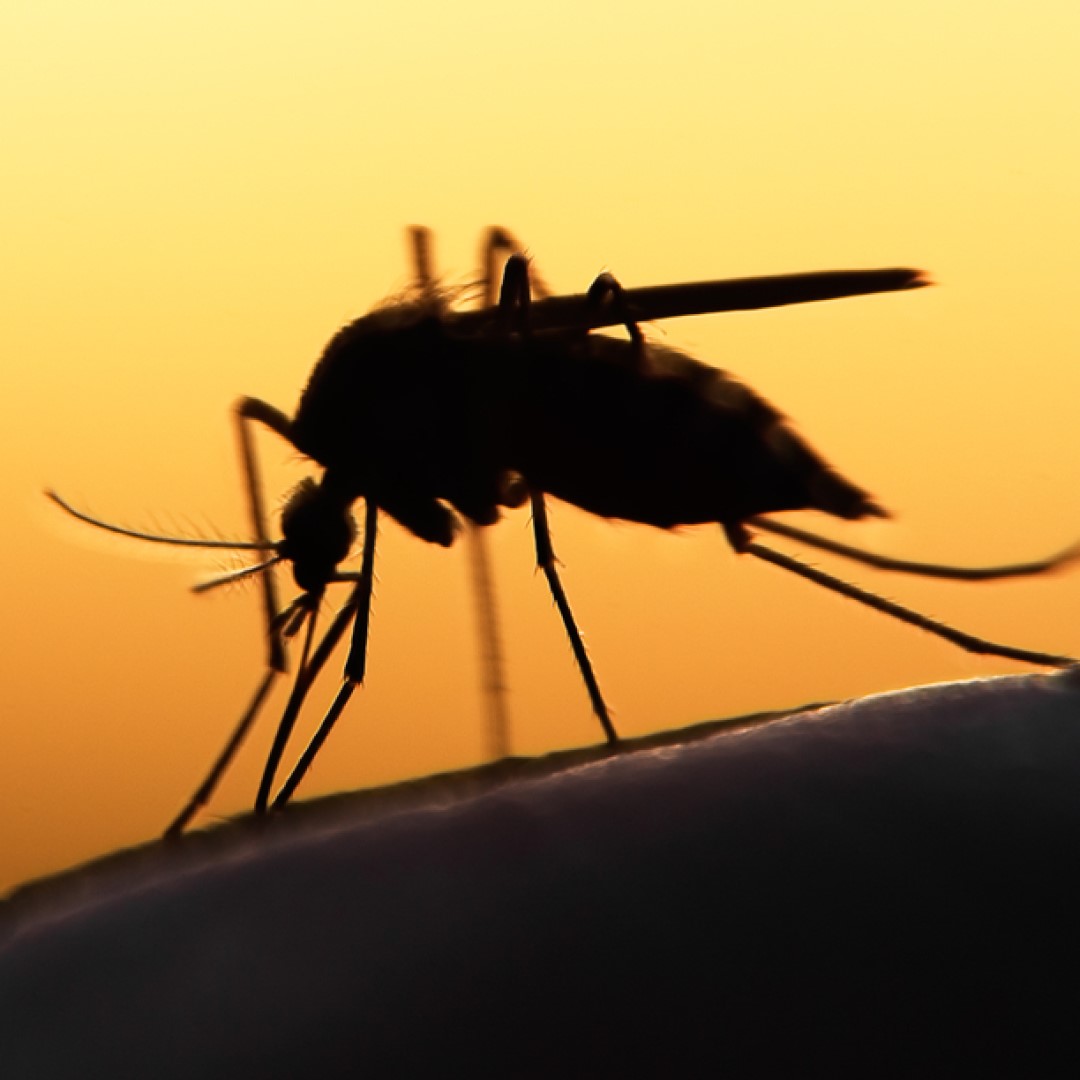
Small Number of Mutations Can Fuel Outbreaks of Western Equine Encephalitis Virus
On Apr. 3, 2025, a team from Blavatnik Institute at Harvard Medical School reported research that shows how small shifts in the molecular makeup of a virus can profoundly alter its fate. These shifts could turn a deadly pathogen into a harmless bug or supercharge a relatively benign virus, influencing its ability to infect humans and cause dangerous outbreaks.
Historically, WEEV has caused large and dangerous outbreaks of encephalitis (a serious type of brain inflammation) among humans and horses throughout the Americas. The virus circulates mainly between mosquitoes and birds. Since the turn of the century, WEEV has disappeared as a pathogen in North America. In South America, the virus occasionally spilled over to sicken small numbers of humans and mammals. However, in 2023, WEEV caused the first major human outbreak in four decades in South America, involving thousands of horses and over a hundred confirmed human cases.
Using an advanced imaging technique, the researchers determined how the spike proteins on the surface of WEEV strains isolated over the past century interact with a type of cell receptor known as PCDH10 that is shared by humans and birds.
The researchers also observed that a single change in the viral spike protein enabled WEEV strains to attach to a different receptor called VLDLR, found on mammalian brain cells. This same receptor is shared by WEEV’s cousin, eastern equine encephalitis virus (EEEV), which is the most virulent alphavirus and has continued to cause outbreaks in North America. In the past, highly virulent, ancestral forms of WEEV were capable of invading host cells through VLDLR.
Notably, when researchers blocked this key receptor using a decoy VLDLR protein, animals infected with the older, more dangerous WEEV strain were protected against the deadly brain inflammation caused by these virulent strains. The new findings offer critical clues for pandemic preparedness because they provide insights on the first major human outbreak of WEEV in four decades in South America and could help efforts to monitor North American WEEV strains for their potential to cause large outbreaks.
Additionally, the virus’s rapid ability to shift from a harmless reservoir in insects and wild birds to a dangerous human pathogen highlights the importance of surveillance efforts to monitor for potential outbreaks and emerging diseases. The work, which was supported by federal funding, was published in Cell.
Tags:
Source: Harvard University
Credit:
